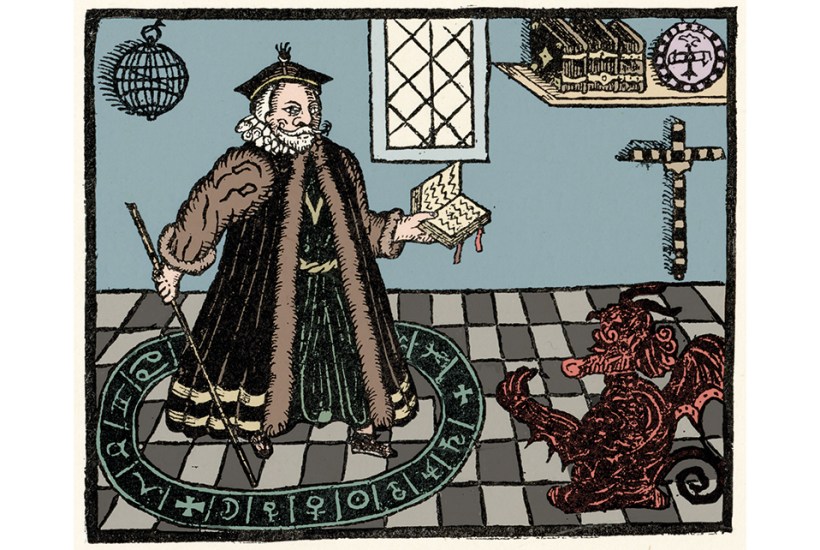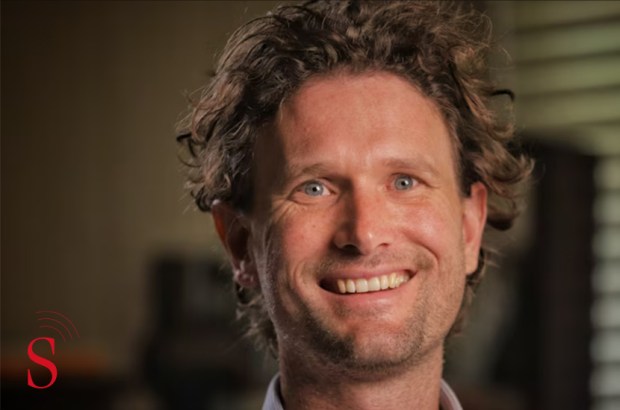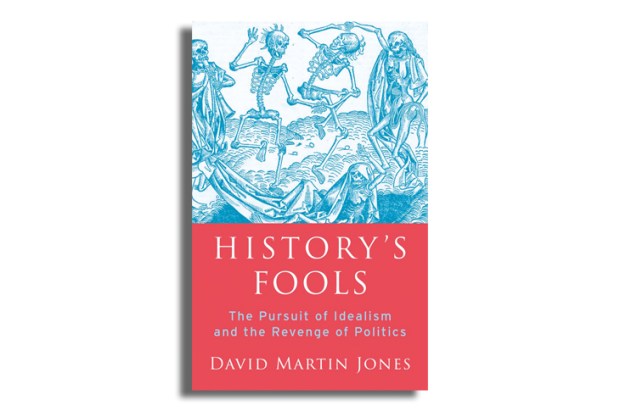It has long been acknowledged that alchemy, however bizarre its premises, is the fore-runner of modern chemistry, compelling a figure as rational as Sir Isaac Newton. Other aspects of Renaissance thought are harder to assimilate. In his study of five crucial figures of the 15th and 16th centuries, Anthony Grafton aims to demonstrate that astrology, angelology and conjuration were, if not central to the era’s world view, at least hard to extricate from its more respectable concerns.
His first subject, Faust, is little more than a sideshow, but significant in establishing the magus as a not entirely respectable figure, from which ignominy Grafton seeks to rescue him. The four who follow, Marsilio Ficino, Pico della Mirandola, Johannes Trithemius and Heinrich Cornelius Agrippa, each tussled with ancient learning, church teachings and the pressures and innovations of their modern world to build esoteric bodies of knowledge with the aim of the improvement of man. Each took care to separate ‘good’ magic from ‘bad’ – the Faustian notion that magic came from consorting with demons.
Good magic was concerned with exerting power over the natural world, and involved such pursuits as engineering and mathematics, however wacky some of their applications. In Grafton’s view, the magus of the era was an all-purpose thinker and wonder-worker, often attached to a ducal or royal court, with his scope extending to military design, the creation of automata and theatrical special effects, as well as casting horoscopes. (Leonardo almost makes the cut here.) New technologies created awe and a sense of the uncanny in the uninitiated.
Many tributaries fed into the river of knowledge that culminated in Agrippa’s mighty De occulta philosophia of 1533, where Grafton’s story ends. Ficino was the erudite translator and sly improver of ancient texts on magic, while Pico introduced elements of the Cabala from his extensive reading in Hebrew. The abbot Trithemius (1462-1516) is an entertaining figure – a book collector and expert in cryptography, steering a careful course between magic and clerical orthodoxy, and a spinner of extraordinary tales which he seems to have persuaded himself were divinely inspired. He fabricated ‘a magnificent esoteric past for the Franks’, for example, in the absence of any documentary evidence, and claimed a prestigious and exaggerated magical lineage for himself. He became famous across Europe, consulted for his expertise in demonology – a sort of occult agony uncle.
The magi, however often they fell under suspicion of the authorities, were all male, respectable and not generally subject to the tortures inflicted upon women of the era who were suspected of consorting with demons. Agrippa actually intervened to have a witch released from custody, with strenuous arguments against the calumnies in a text he despised, the Malleus maleficarum. One figure Grafton omits is Giordano Bruno, perhaps because he has been well covered already, not least by Frances Yates, on whose work Grafton builds, with reservations. Dr John Dee makes only a brief appearance, as a keen annotator of his copy of Agrippa.
The odd scholarly joke aside, this is a fairly sober study of intellectual trends on the European mainland, and in places its inferences are hard to follow. A scan of some of the notes I made when reading it provokes a smile, however: ‘Belief that astrology governed engineers’; ‘hydraulics and water spirits’; ‘Alberti, ancestor of Enigma machine’; ‘urine from a virgin boy’ (makes a witch confess, apparently); ‘disappearing penis’. To expand on my note, ‘weird joke about lactation’, Ficino counselled ageing men to procure a young girl ‘who is healthy, beautiful, cheerful and temperate’ and, when the moon is waxing, to ‘suck her milk’. Blood sucked from the arms of young men was also efficacious in rejuvenation. Grafton permits himself a chuckle here: these remedies ‘sound oddly like an allegory of modern graduate education’. It’s a rare light moment in a dense and solidly argued look at an intellectual movement that is too often sensationalised.
Got something to add? Join the discussion and comment below.
Get 10 issues for just $10
Subscribe to The Spectator Australia today for the next 10 magazine issues, plus full online access, for just $10.
You might disagree with half of it, but you’ll enjoy reading all of it. Try your first month for free, then just $2 a week for the remainder of your first year.








Comments
Don't miss out
Join the conversation with other Spectator Australia readers. Subscribe to leave a comment.
SUBSCRIBEAlready a subscriber? Log in